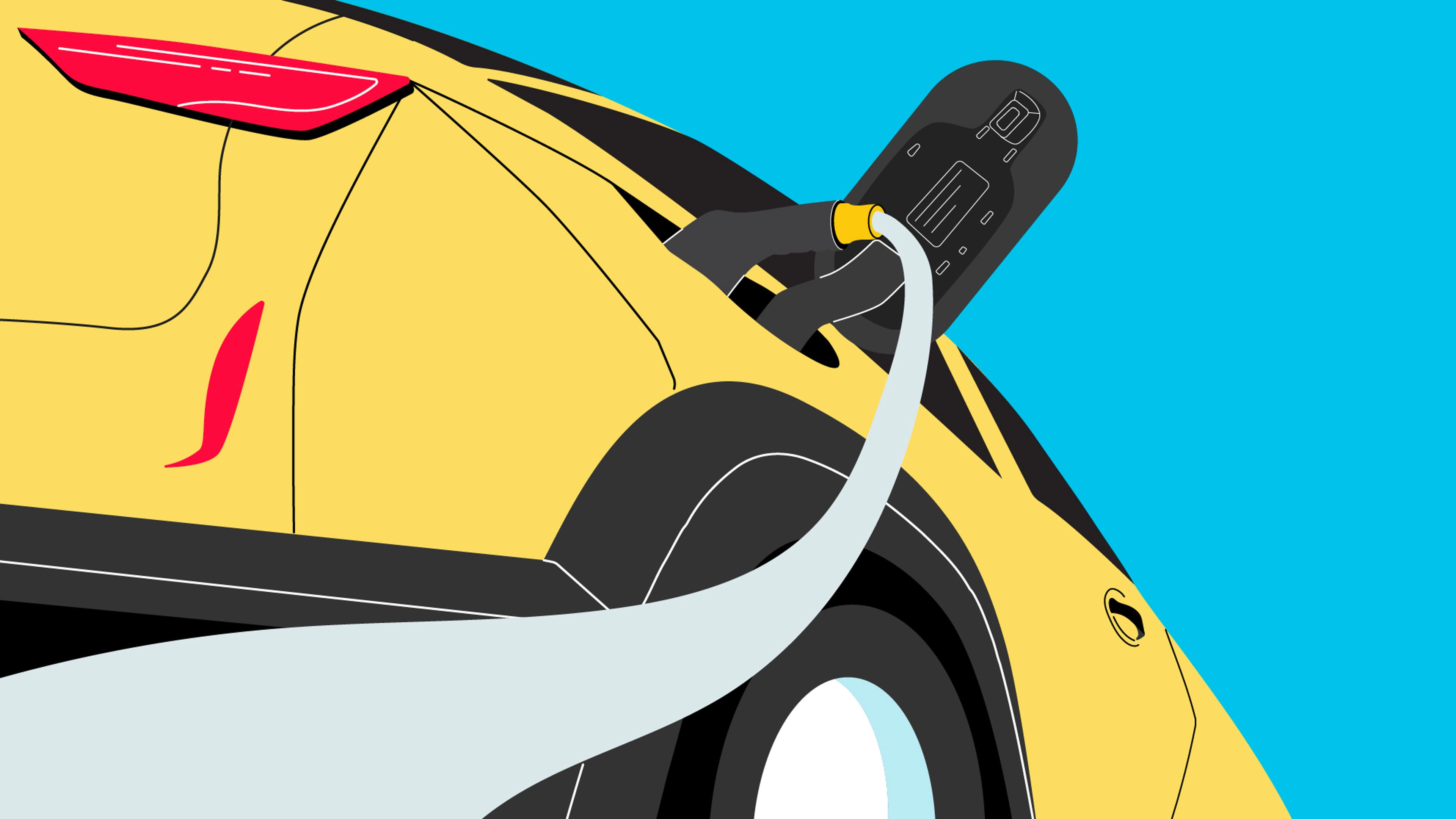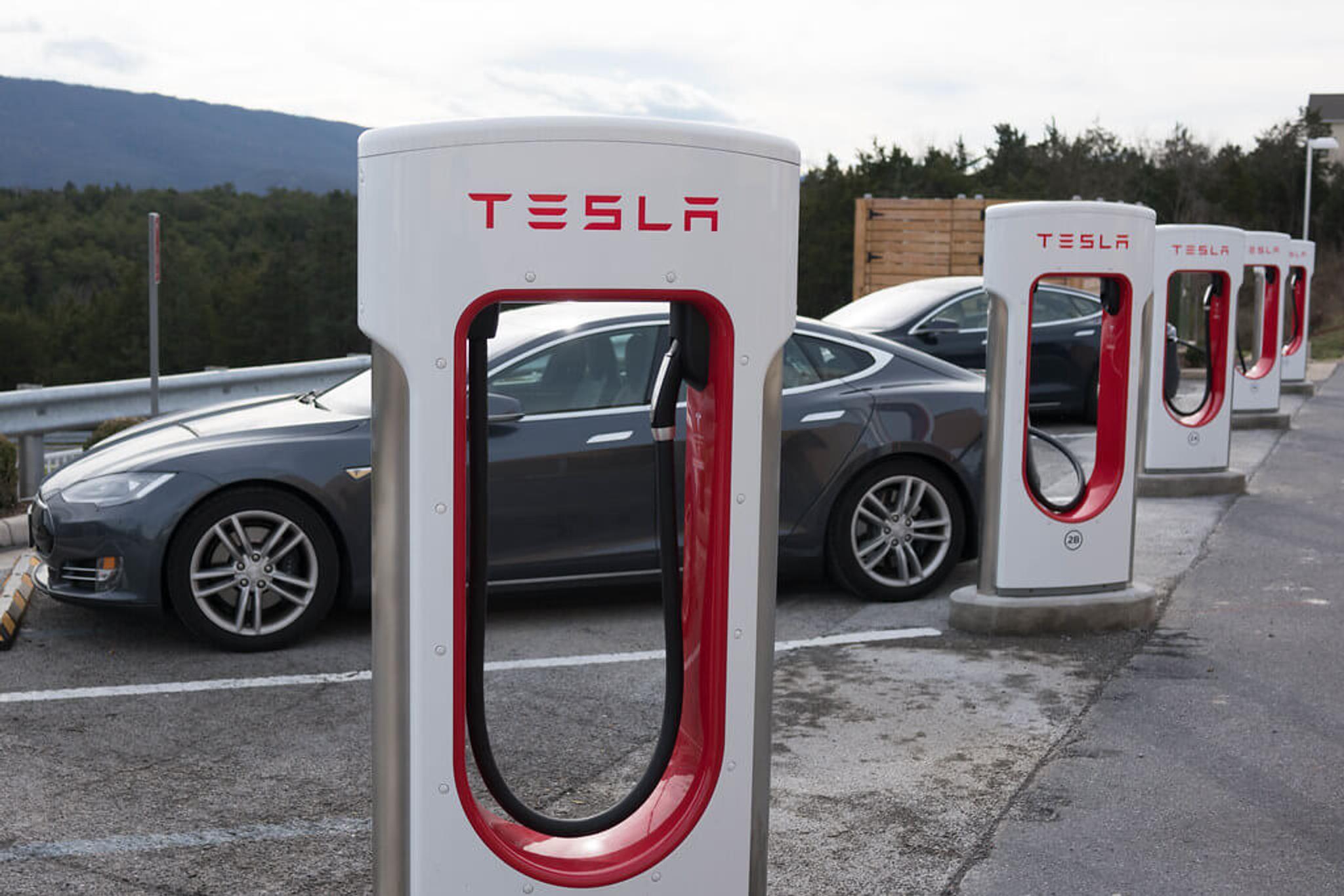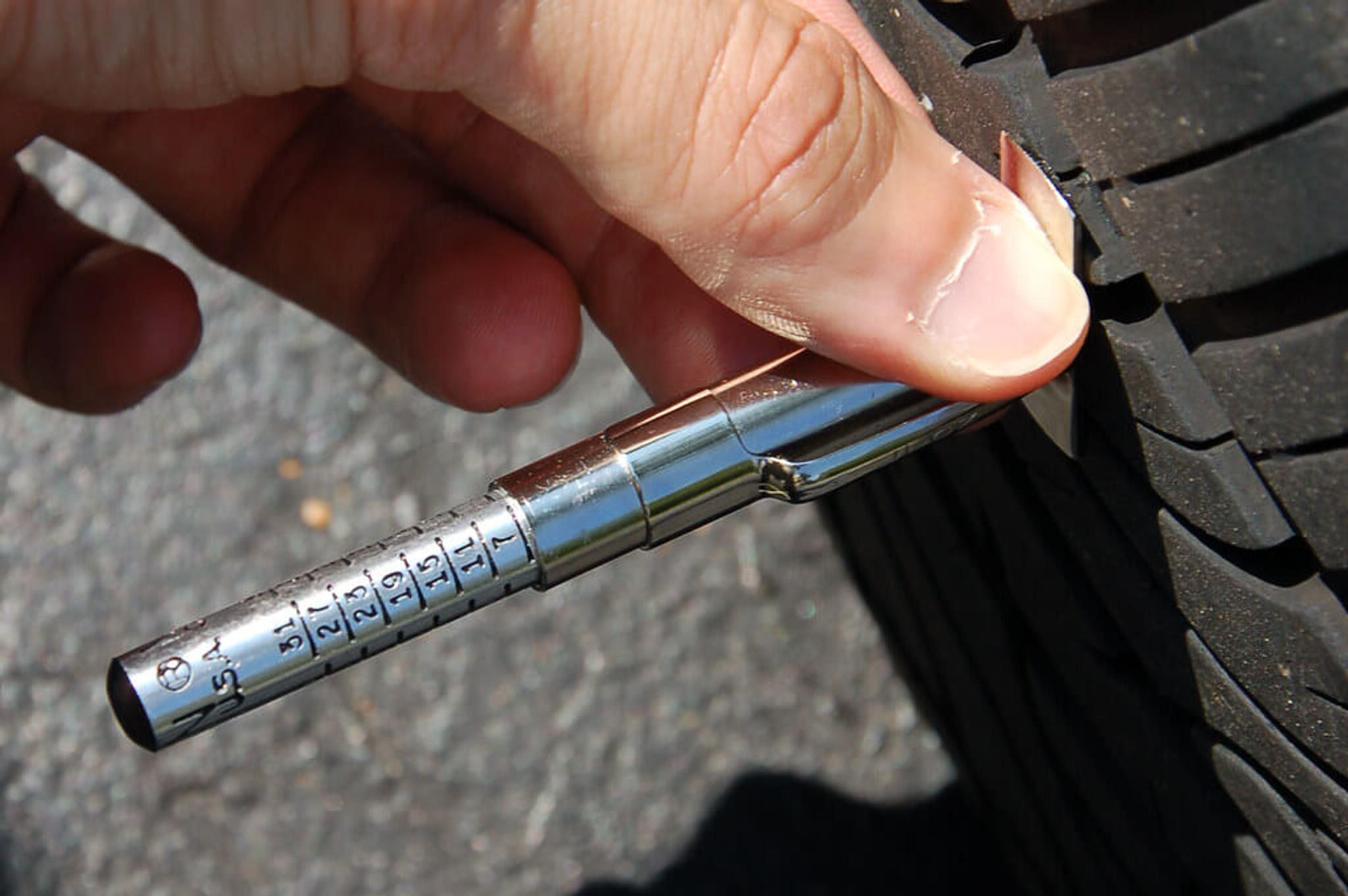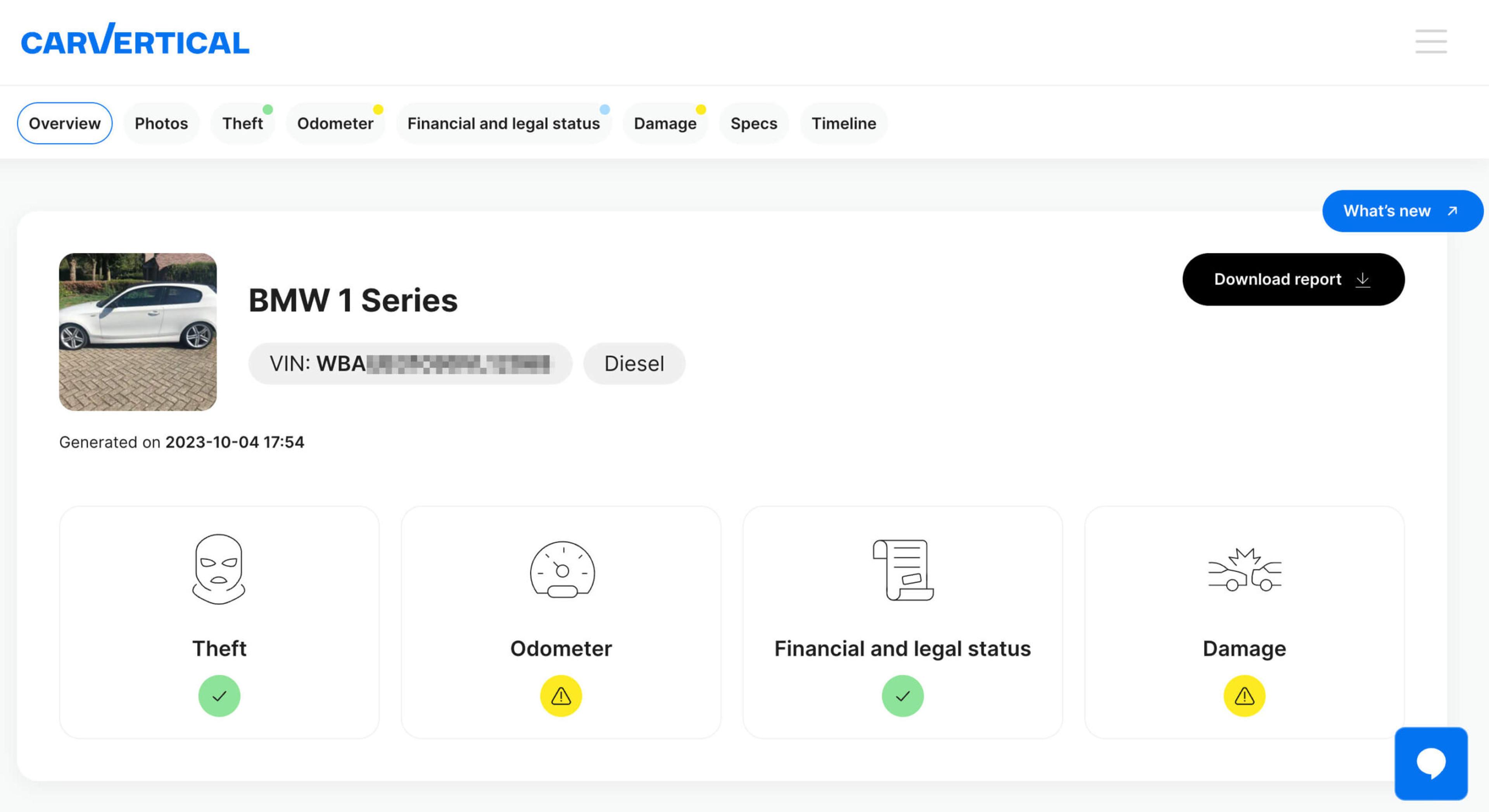What maintenance does an electric car need?

Evaldas Zabitis

Electric cars are still overpriced, but more people are tempted to buy them because of their better economy, advanced technology, and simpler maintenance.
Electric motors are more robust than internal combustion engines and feature roughly 100 times fewer moving parts. However, that doesn’t mean you should only worry about the initial costs. What maintenance does an electric car need, and is it expensive compared to regular car maintenance cost?

Afraid of buying a wreck?
Check any VIN to learn a vehicle's history!
How often does an electric car need to be serviced?
All cars must be serviced to prevent damage and maintain safety. Service intervals vary greatly depending on make and model. For example, while Tesla provides intervals for each job instead of general servicing, Volkswagen only recommends a full service visit every 24 months for their electric ID. lineup.
Your EV’s servicing information should be provided in the owner’s manual or on the manufacturer’s website. With that said, one thing is true: you need to service EVs less frequently than gasoline or diesel cars because of fewer moving parts and less fluids.
Electric car battery check and maintenance
The battery pack is the most expensive single part in an electric car. It lasts 10-20 years on average, but its replacement can cost up to $20,000. The longevity of a battery depends on its maintenance and your habits, so here are 3 essential tips to keep your EV’s battery in good condition.
Limit fast charging
A fast-charge feature is handy when you need to quickly juice-up your drained battery – you can fully charge a dead Tesla Model S battery in 30 minutes using their 480-volt Supercharger. However, a standard wall connector fully charges a battery in about 10 hours and remains the primary choice because this is much healthier for the battery.

A powerful current generates excessive heat, causing faster deterioration and reducing the battery’s capacity, so make sure to avoid fast charging when possible.
Try not to fully charge or deplete the battery
A deep discharge or full charge puts excessive strain on batteries. Most modern EVs charge the first 80% over as much time as the remaining 20% to reduce strain, but it’s best to avoid full charges whenever possible.
The healthiest charge for an EV battery is around 50%, therefore, experts recommend following the 20/80% rule – avoid going below 20% and exceeding 80%.
Keep away from extreme temperatures
Most electric car batteries consist of lithium, which is sensitive to extreme temperatures. Therefore, an EV’s range can drop to 50% during hot summer and cold winter days.
Bear in mind that temperatures don’t reduce the range directly. The optimal operating temperature of a lithium battery is 15-30°C (59-86°F), so heating and cooling systems use energy to maintain these temperatures in EVs. Moreover, drivers are likely to heat up the cabin during winter and turn on the AC in summer, significantly reducing the range.
A heated garage is the best way to protect an EV from extreme temperatures. This way, a car uses less power to maintain optimal battery and interior temperatures.
Maintenance of electric vehicles
Most electric vehicle maintenance jobs aren’t EV-specific because most systems are identical to the ones used in fossil fuel cars. Diesel and gasoline engines require oil changes and multiple filter replacements, while electric motors consist of 3 basic parts and eliminate many potential problems, leaving you with basic maintenance.
Cooling system
Electric cars have a cooling system to reduce the temperature in a battery pack. Chevrolet recommends changing the coolant every 150,000 miles (240,000 km) in their Bolt model to keep the system efficient and free of clogs.
On the other hand, Tesla states their Model 3 doesn’t require a coolant change and cooling system service is only needed when coolant level is low. So, make sure to follow the manufacturer’s recommendations.
Cabin air filters

Many drivers won’t replace the cabin air filter because it doesn’t affect their vehicle. However, it affects your health by removing pollen, dust, and other pollutants from the air you breathe.
Tesla recommends replacing the cabin air filter every 3 years or whenever the cabin starts to smell musty. Meanwhile, the Audi e-tron maintenance schedule mentions the cabin air filter should be replaced every 2 years or 20,000 miles (32,000 km), whichever comes first.
Wipers and washer fluid
You should keep windshield wiper blades in good condition to prevent unexpected issues on the road. Usually, car manufacturers recommend changing windshield wiper blades annually or if the blades leave streaks on the windshield. You don’t need to change the windshield washer fluid – only top it up when needed.
Tires
Tires are the most important part of a vehicle and must be kept in top condition at all times. You should check tire pressure monthly and remember it drops along with temperatures. Also, measure tread depth to ensure tires wear out evenly and are road-legal.
Most car manufacturers recommend rotating the tires every 6,000 miles (10,000 km) to ensure even wear, but you should do this earlier if you notice tread depths differing more than 1-2 mm.

Balancing your wheels during every tire rotation is also recommended. Wheels lose weight and balance as tires wear down, creating vibrations and eventually damaging the suspension.
Brakes, brake fluid, and pads
Brake systems in EVs are similar to regular cars – rotors and brake pads must be replaced, calipers lubricated, and fluid flushed to ensure efficiency.
Most EVs don’t need a brake job as frequently as fossil fuel cars because they use electric motors for slowing down (regenerative braking system). However, you should still inspect the brakes once a year and replace the worn bits.
Brake fluid should be replaced every 2 years because it absorbs water and gets contaminated, reducing the braking efficiency and eventually damaging the components of the brake system.
Take care of the car’s body
Car washing, waxing, and other similar maintenance aren’t for aesthetics only – proper care ensures a long-lasting paint job and protects the metal from corrosion. The bodies of most electric cars are made of steel or aluminum, so there’s nothing unique in taking care of an EV’s body.
Cleaning and waxing
Cleaning is the most important part of car body maintenance because dust, oil, and grime sets on your shiny paintwork, gradually damaging it.
You shouldn’t wash your car whenever you like. Instead, do it at least every 2 weeks, especially in winter, when roads are covered in salt, damaging the paint and finish. Don’t forget to wash the undercarriage too, as most road grime settles there.

Consider waxing your car at least twice a year to provide additional paint protection. Ideally, you should do this in spring to protect against harsh UV rays, and in fall ahead of road salt, rain, and grime. You can also choose ceramic coating if you want a more durable solution – it should last 2-5 years, but it’s significantly more expensive.
Is maintenance more expensive on an electric car?
The maintenance costs for electric cars are relatively low because of fewer and more basic systems. Car enthusiasts and experts often talk about lower EV ownership costs, but the situation gets interesting once you discover some details.
EV vs. gasoline car maintenance
New electric vehicle owners spend only $7 on maintenance per first year of ownership, while new gasoline car owners spend $30. As long as nothing goes wrong, the costs of an EV’s maintenance are lower.
However, when electric cars break down, servicing costs are higher because their technology is new to most mechanics. Estimates say that EVs require 1.5 times more labor hours, therefore, the average service cost for a EV is $306, and only $189 for a gas-powered car.
The EVs usually require less maintenance than gasoline cars, but servicing costs are higher. With time, these should drop as more mechanics get used to fleet electrification.
Buying a used EV? Check its history
Even though electric vehicles generally require less maintenance compared to traditional cars, it’s crucial to take good care of them to preserve their value. If you’re planning to buy a used EV, this is what you may want to learn – how well it was maintained in the past, if it’s been involved in any accidents, and discover other potential weak spots.
Besides asking the seller directly, you can learn this from a vehicle history report that can provide you with information like odometer readings, damage history, title and ownership changes, original specs, and more.

For instance, knowing the mileage of an EV can help you evaluate the realistic range you can expect from the battery, as it indicates how much wear and tear it may have experienced. However, if the odometer is clocked and you don’t know the real mileage, you may get the wrong impression of the battery’s health and remaining capacity, leading to faster depreciation than expected (and overpaying for the car itself).

Moreover, severe physical damage can be extremely dangerous for an EV, its structural integrity, battery safety, and electrical systems. If the damage was recorded, you can typically learn about it from a vehicle history report, which allows you to ask the seller about particular issues or bring them to the attention of a qualified technician.
Always conduct thorough due diligence and consider seeking professional advice if you suspect any irregularities in the vehicle’s history or condition.

Check your registration number
Avoid costly problems by checking a vehicle's history. Get a report instantly!
Frequently asked questions

Article by
Evaldas Zabitis
Evaldas has been writing since middle school and has had a passion for cars for as long as he can remember. Right after getting his driver’s license, he spent all of his savings on shoddy cars so he could spend time fixing, driving, and selling them. Evaldas is always interested in automotive technical innovations and is an active participant in automotive community discussions.
